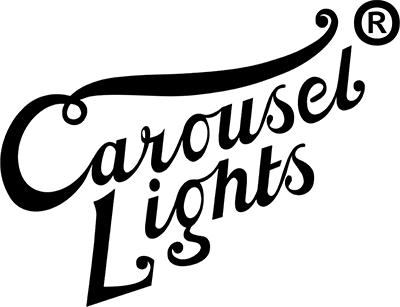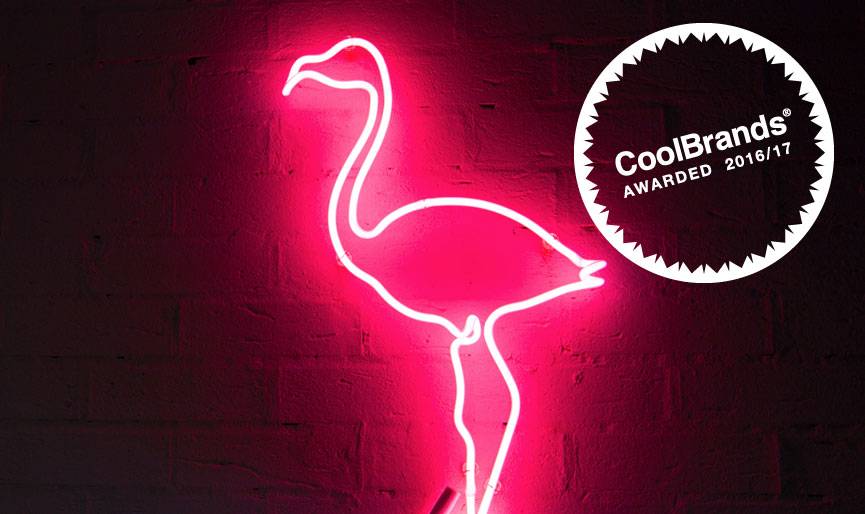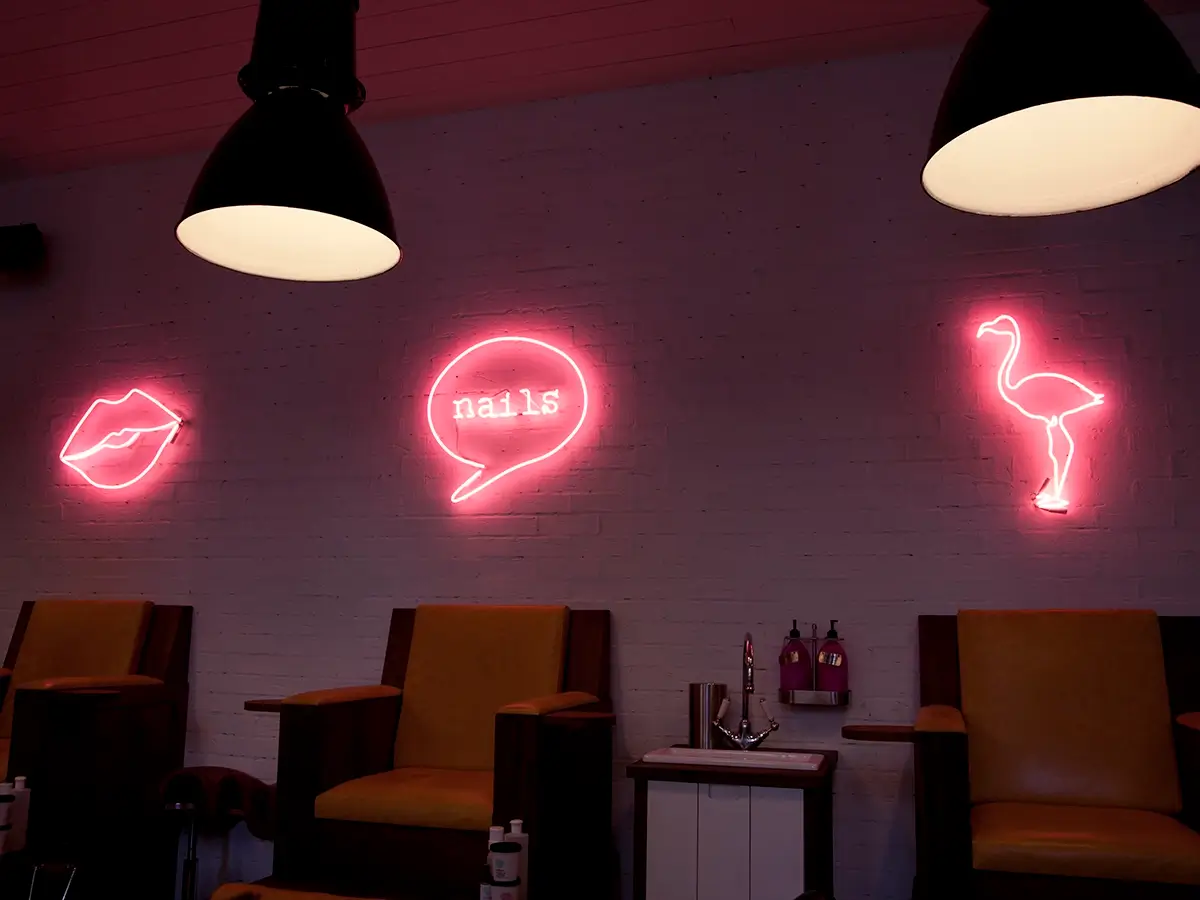
What are neon signs?
What colours can I get for my neon sign?
How do real glass neon signs work?
What is Neon Ultra®?
Can neon flash, dim and change colour?
What are real neon signs best for
What are LED neon signs better for?
How big can you make neon signs?
How small can you make neon signs?
Are neon signs safe?
Do neon signs use a lot of energy?
Are neon signs expensive?
Are neon signs bad for the environment?
Do neon signs get hot?
What’s the most famous neon sign in the World?
How do LED neon flex signs work?
Are neon signs fragile?
Can you leave neon signs on all the time?
How lond do neon signs last?
Can I get my logo made as a neon sign?
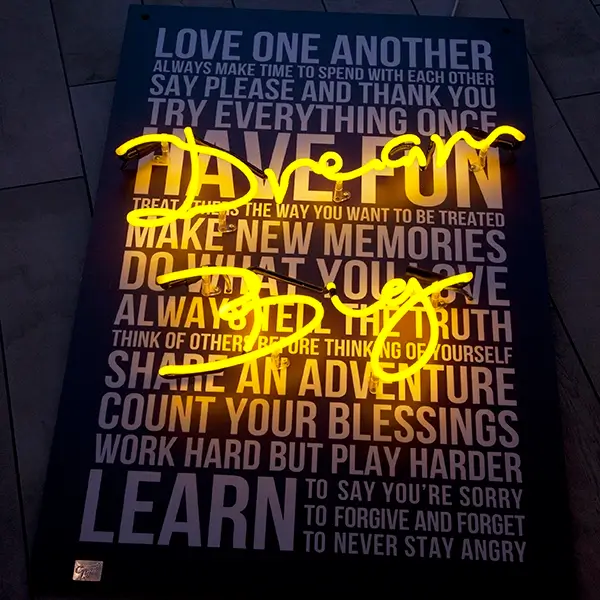
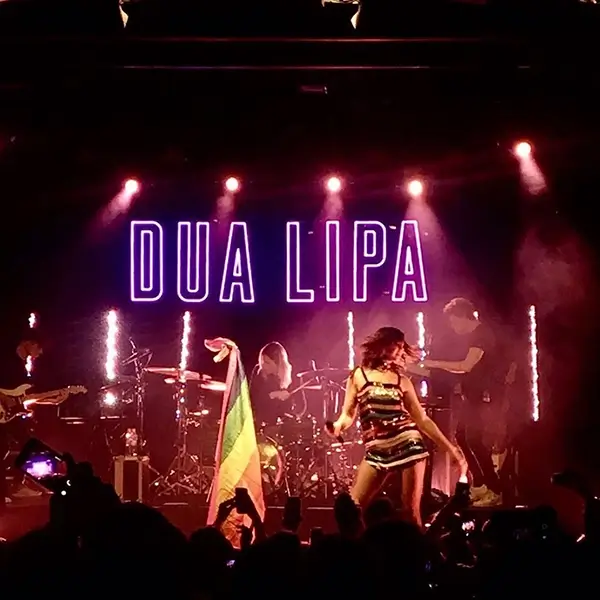
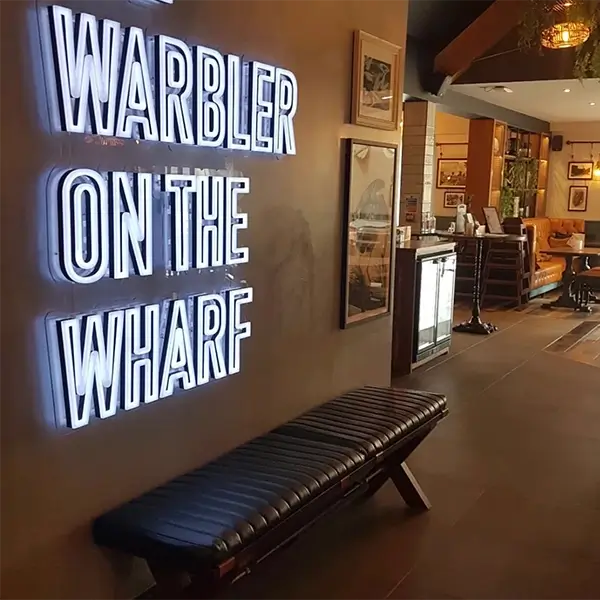
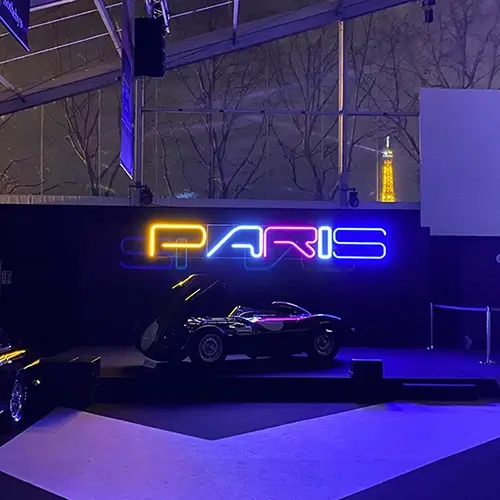
What are neon signs?
The neon sign industry has become a tale of two cities – real glass neon and signs that are designed to imitate neon but aren’t produced from neon at all. These are often also referred to as ‘neon signs’ but can also be called Neon Ultra®, Neon SuperFlex, faux neon, LED neon, neon flex…the list goes on. But in short, there’s real neon and signs to imitate real neon. When it comes to choosing which of the two neon sign options to go for, it real is a matter of ‘horses for courses’. More information on that below.
What colours can I get for my neon sign?
The full rainbow spectrum of colours is available for real neon signs, with some added colours to offer a lot of choice. Many of the colours also offer various shades, for example, red can come in Classic Red and Ruby Red. Some of the more popular neon colours are snow white, hot pink, turquoise, warm white, green, bromo blue, ruby red, citrus orange, sunflower yellow and violet 15.
For LED neon, there are really two options; a static colour, meaning your sign will always be one single colour and can’t be changed or RGB illumination offering you the full colour range.

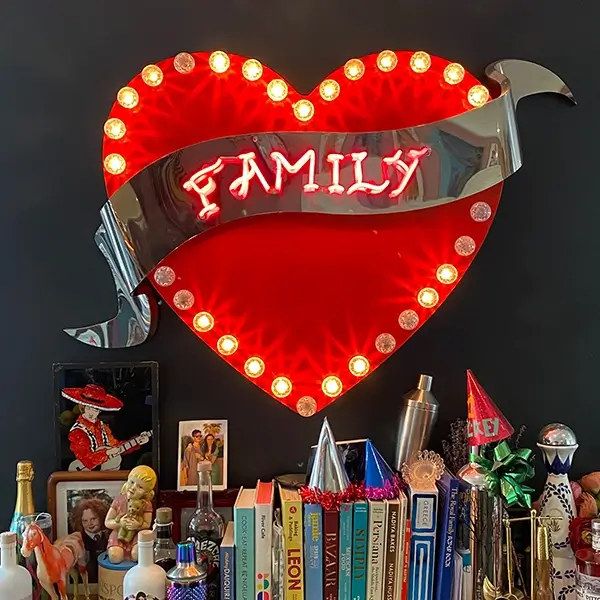
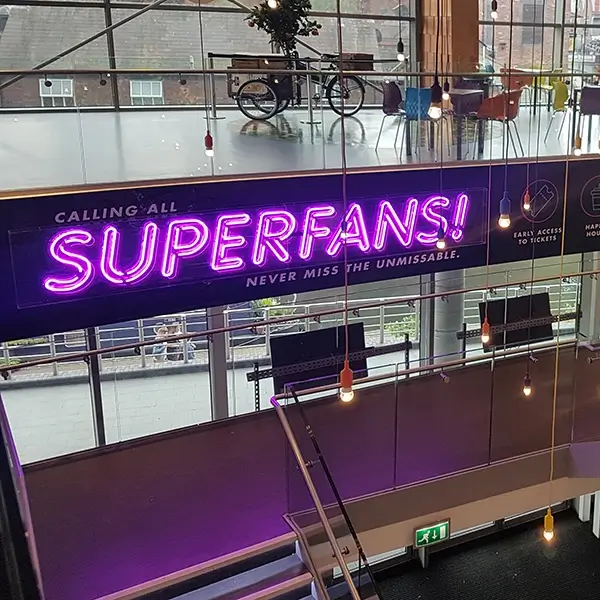
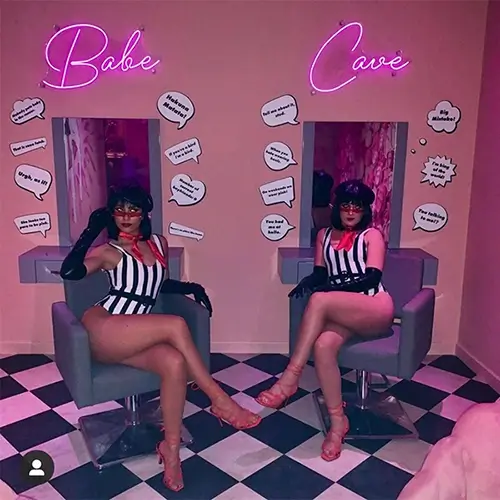
How do neon signs work?
Neon signs work based on a principle called gas discharge. Broken down step-by-step:
Glass Tubes: Neon signs are made of glass tubes that are bent into various shapes to create letters, symbols or designs. The glass tubes are typically clear or coated with a fluorescent material that determines the colour of the light emitted.
Gas Filling: The glass tubes are filled with a specific type of gas, usually neon, argon, or a mixture of the two. These gases are known as noble gases because they are chemically stable and do not readily react with other elements.
Electrodes: Electrodes are attached to each end of the glass tube. These electrodes are usually made of metal, such as iron or aluminium and are the points at which the electrical current leaves the metal conducting cable and transfers to the gas.
High Voltage: When a high voltage electrical current is applied to the electrodes, it ionises the gas inside the tube. Ionisation refers to the process of converting atoms into ions by gaining or losing electrons.
Electric Discharge: As the gas becomes ionised, it starts conducting electricity. Electrons are released from the negatively charged electrode (cathode) and move toward the positively charged electrode (anode). When these electrons collide with the gas atoms, they transfer energy to the atoms.
Light Emission: The energised atoms in the gas release excess energy in the form of light. Different gases emit different colours of light when ionised. Neon gas emits a reddish-orange light, while argon emits a blue-violet light. Fluorescent coatings are used to produce different colours.
Luminescence: The light emitted by the ionised gas excites the phosphor coating on the glass tube, which causes it to fluorese and produce a brighter and more vivid colour.
Glowing Display: The combined effect of the ionised gas and the fluorescent coating creates the glowing display that is characteristic of neon signs. The specific design of the glass tubes determines the shape and arrangement of the light.
It’s important to note that neon signs require a high-voltage power supply, called a neon sign transformer or power supply, to provide the necessary electrical current for ionisation. These transformers step up the voltage from a standard power source to the higher voltage needed for the neon sign to operate.
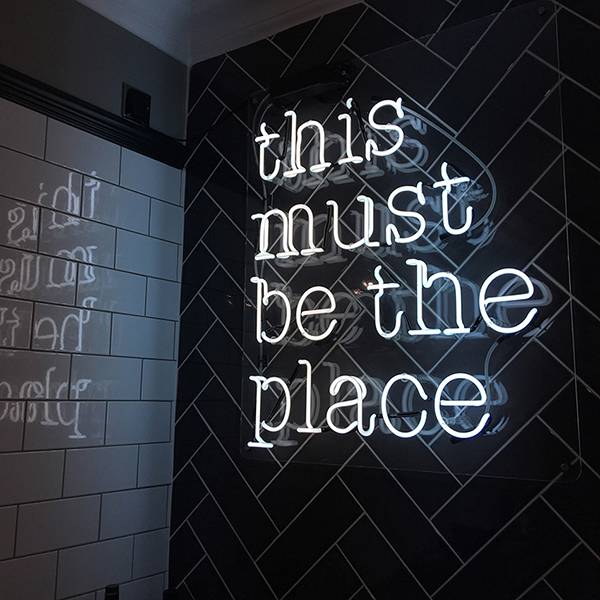

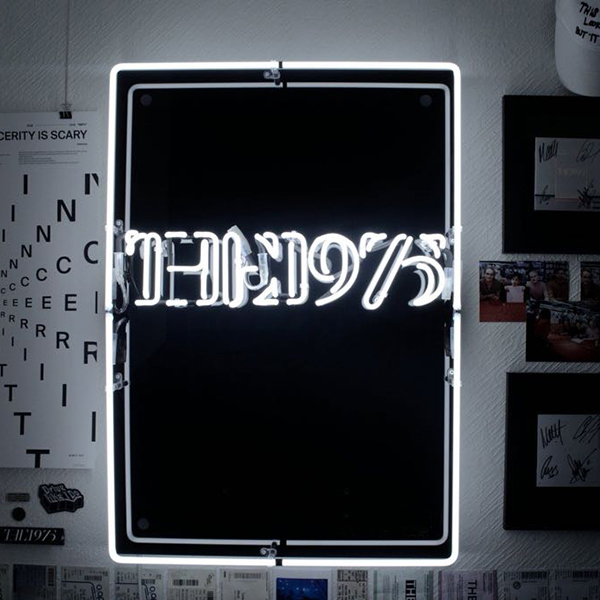
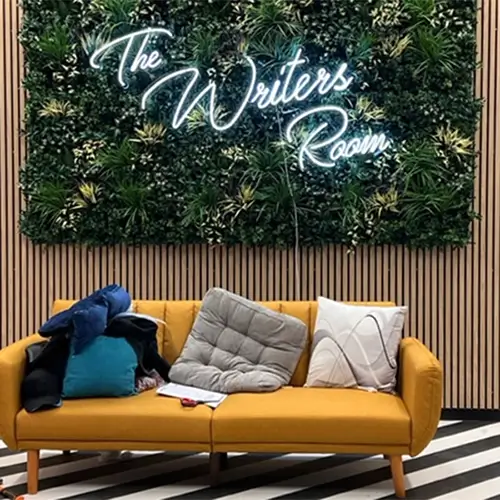
What is Neon Ultra®?
It’s brand name for a replica LED neon product. It consists of 30mm thick opal acrylic that’s cut to the shape of the required logo or design. A channel is then cut into the back and LED tape is inserted, thus illuminating the acrylic from within. A bevel can be put on the face of the acrylic mimic the curve of real neon glass. It’s extremely robust but can only be produce in a 2D format and doesn’t have 3D angles of bending.
Can neon flash, dim and change colour?
Real neon can dim and flash. But a little word of caution is that the running gear to make this happen can be expensive so it’s best use on large neon pieces or neon artworks. LED neon can be fully animated with full colour change, dimming and remote control. Neon Ultra® can be operated through a pre-programmed DMX or lighting desk, and as such, is often the neon lighting option of choice of TV, Music and Film production companies and tour managers.
What are real neon signs best for?
It’s not unusual for us to hear customers refer to real glass neon signs as ‘the real deal’. This means people tend to commission real neon signs if they appreciate the artistry and skill that’s gone into the glasswork of hand-bending the neon glass. You’ll often find real neon signs in stylish private residences, nightclubs, pubs, creative offices and real neon is often used by artists in neon artworks.
What are LED neon signs better for?
Being far more robust, and often cheaper, LED neon signs are well-suited to commercial uses. You’ll often see them used by the Events and Exhibitions industry where the environment they’re in can be high footfall. With the added benefit of being able to change the colour of LED neon, retailers and hotel owners are also big customers of LED neon as is the Music and TV industry.
How big can you make neon signs?
There’s no maximum size for making neon signs. The main consideration is that as the size of your neon increases then you’ll need more glass to make it, and obviously it will become brighter and brighter which may or may not suit the space in which the sign is being located.
How small can you make neon signs?
The smallest size we can make real neon signs is dictated by the tightnes of he bends that the glass can be turned into. For LED neon flex we can get more intricate in detail, so if you’re wanting a small sign then we may suggest you opt for one of the LED neon options.
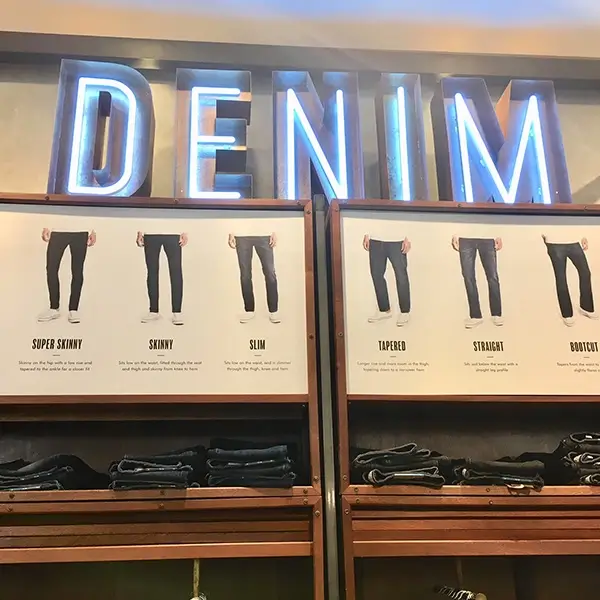
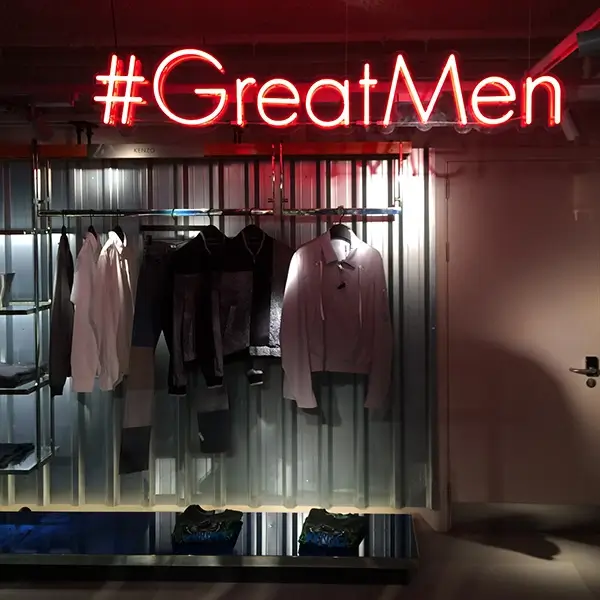
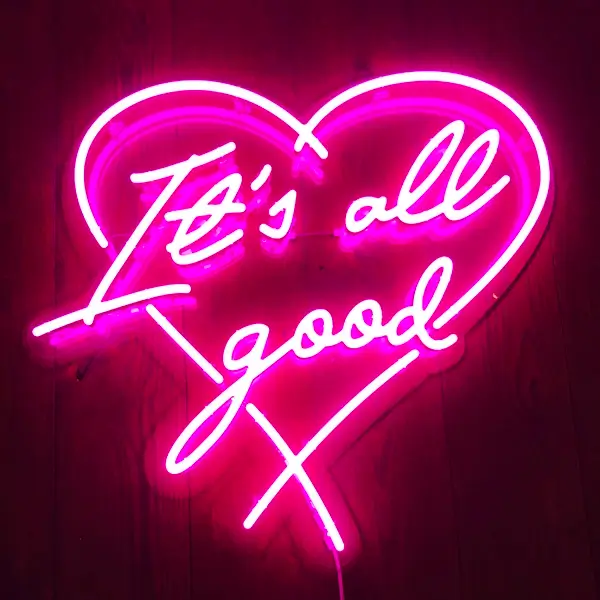
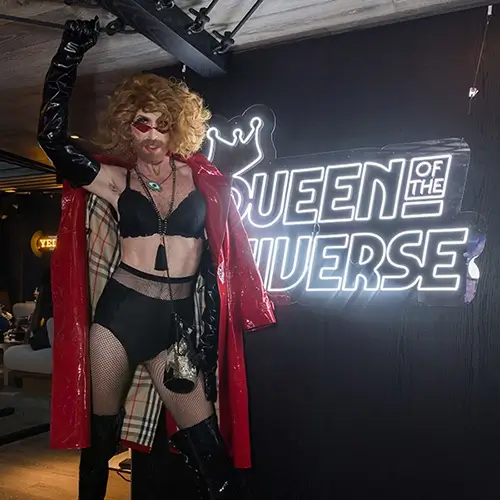
Are neon signs safe?
Yes. As with any other electrical product, so long as they are produced by a reputable manufacturer who uses authorised components, they are completely safe.
Do neon signs use a lot of energy?
It’s worth noting that the energy consumption of neon signs can vary widely depending on their size, design, and usage patterns. In recent years, there has been a shift towards more energy-efficient alternatives like LED signs, which offer greater control over brightness levels and significantly lower energy consumption.
Are neon signs expensive?
Not necessarily. LED neon flex signs are great value and give high impact for a low cost. They don’t however have the longevity of Neon Ultra® or real neon, and they can’t be repaired or re-purposed in the same way which many people consider a downside, especially if that doesn’t fit with your employer’s ESG procurement policy.
Are neon signs bad for the environment?
No, not at all. Their energy use is reasonably efficient but as importantly than that, they can be be recycled, re-used and fixed when they go wrong. This means that they’re not destined for landfill after a short period of time, instead being ready for repurposing as and when that may be required.
Do neon signs get hot?
Neon signs can become warm during operation, although the heat generated is generally not excessive. The heat primarily comes from two sources:
Transformers: Neon signs require a transformer to convert the standard electrical voltage to the higher voltage needed for ionising the gas. Transformers can produce some heat during operation, especially if they are not properly ventilated or if they are operating at high power levels. However, modern transformers are designed to minimise heat output. If you’re transformer appears to become particularly hot then it could be that it isn’t approproiate it’s particular setup and it’s worth speaking to a neon specialist.
Gas Discharge: When the gas inside the neon sign is ionised and emits light, a small amount of heat is generated as a by-product. This heat is typically dissipated through the glass tubes, but it may still contribute to the overall temperature of the sign, particularly at the ends of each section of glass, called the neon electrodes.
What’s the most famous neon sign in the World?
One could easily argue that one of the most recognisable neon signs in the world is the “Welcome to Fabulous Las Vegas” sign located in Las Vegas, Nevada, USA. The iconic sign has become a symbol of the city and its vibrant entertainment and nightlife scene.
The “Welcome to Fabulous Las Vegas” sign was designed by Betty Willis and erected in 1959. It features bold, retro-style lettering with the words “Welcome” and “Fabulous” in red neon, and “Las Vegas” in white neon, against a backdrop of a starburst design. It’s situated on the Las Vegas Strip, near the Mandalay Bay Resort and Casino.
More recently famous artists including Tracey Emin have create neon artworks that have made real neon signs more famous, and therefore desirable, than ever.
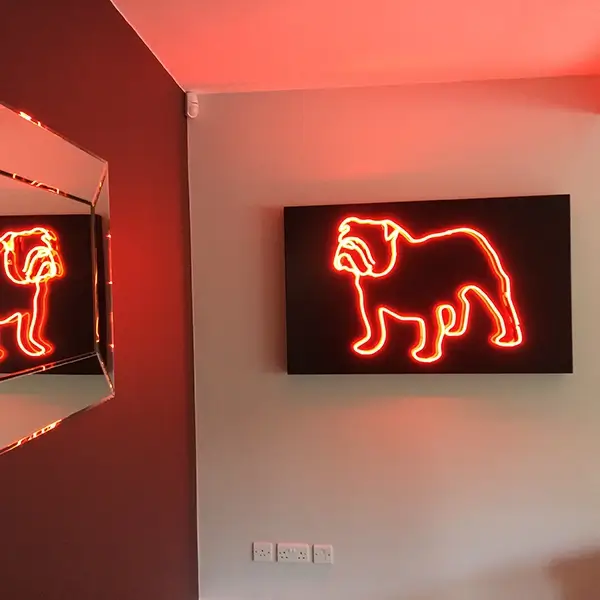
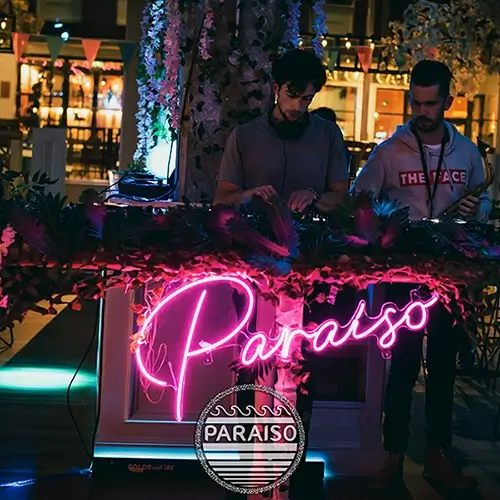
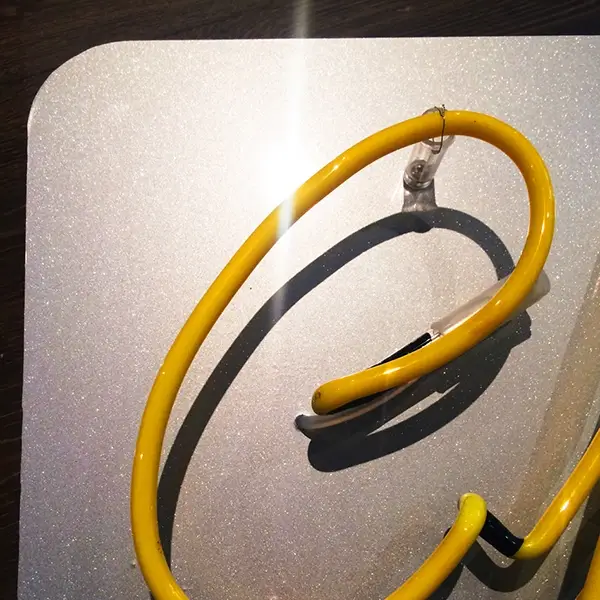
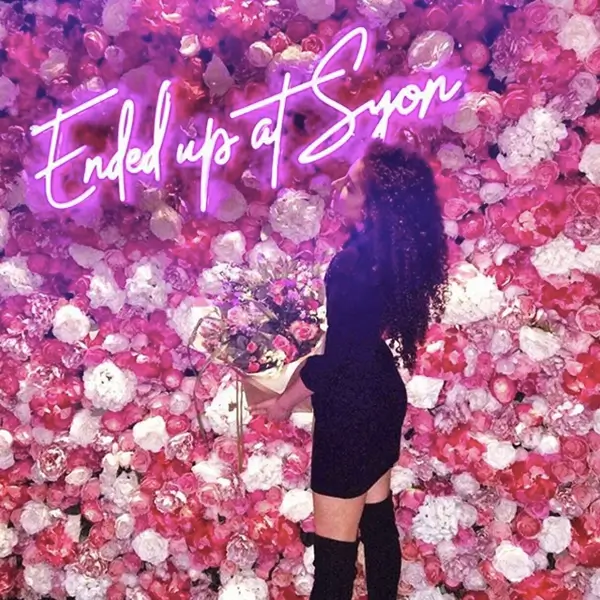
How do LED neon flex signs work?
These are the simplest type of neon sign, and that should normally be reflected in the cost. There are nuances in the exact way that different sign companies make these, but they always consist of LED flex being glued to an acrylic panel, or fixed into a channel which has been routed into an acrylic panel. The LED flex is then all soldered together and connected to a 12V or 24V output transformer, which in turn connects to 110V or 240V mains power supply. Vinyl graphics can be added to the acrylic to add to the impact of the design.
Are real neon signs fragile?
Yes. The glass tubes that are filled with neon or argon gas are fragile just as any other glass products is. Given their fragility, proper handling and maintenance is crucial to preserving the lifespan of real neon signs. Professionals with experience in neon sign installation, maintenance, and repair should be consulted to ensure safe handling and to minimise the risk of damage. The saftest place for a neon sign is on the wall, and so the sooner your sign is installed the better. If your sign’s final home is within reach of people, animals or moving objects then they are often protected with acrylic covers.
Can you leave neon signs on all the time?
Yes you can, but to frank, you shouldn’t. The reason for that is that all types of neon sign consume electricity, and as an environmentally conscious company, we’d hate to think that energy is being unnecessarily consumed. From a practical perspective, you can in therefore leave your neon sign on permanently, but the lifespan of a neon sign is measure in active hours, not the passing of time, so leaving your sign on permanently will mean you’ll need to repair or replace it in a shorter timeframe.
How long do neon signs last?
10 years. 20 years. Even longer sometimes. Just take a brief wander around London’s Soho district and you’ll see brand new neon signs outside a nightclub, adjacent to neon signs outside an Italian coffee shop that have clearly been there for over 25 years. One of the benefits of real neon is that it can be mended so once a part of a neon starts stop working only that particular part of the sign needs to be fixed – normally by either replacing the electrodes, re-making a section of glass or re-filling a section of glass with new gas.
Can I get my logo made as a neon sign?
Yes. Producing neon brand logo signs and graphics is one of the most commonly asked type of neon light. There are several ways to achieve it, but if the logo is simple then it can often be created using just neon alone. If however the logo is complex, integrating various elements and colours, then neon is often combined with acrylic and printed vinyl. This ensures the brand integrity of the design is maintained.
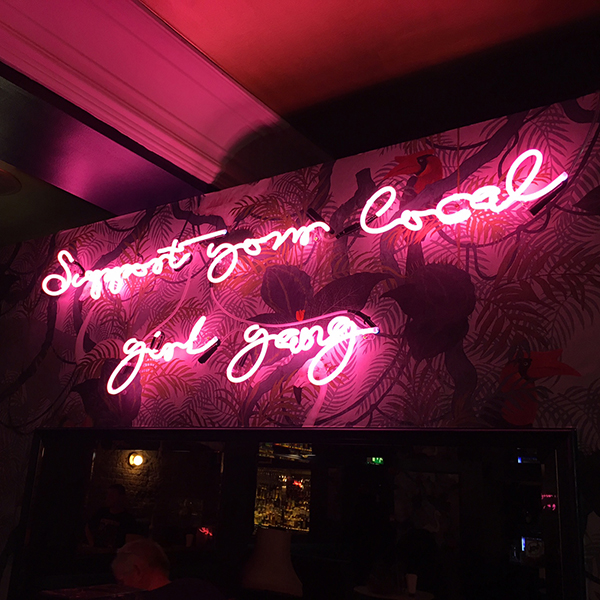
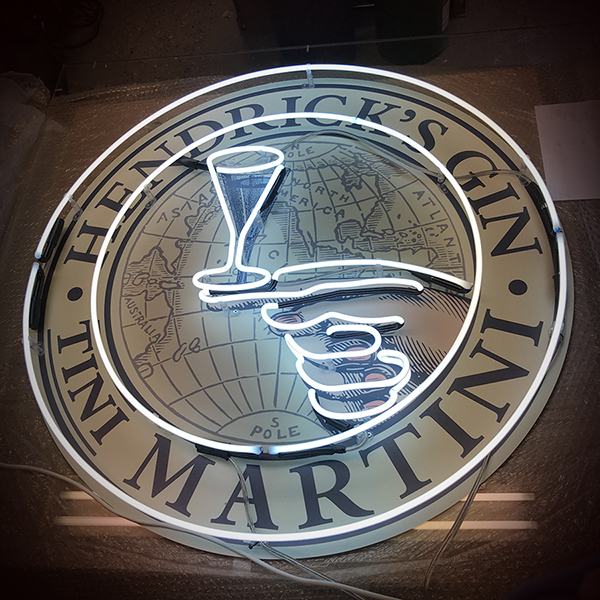
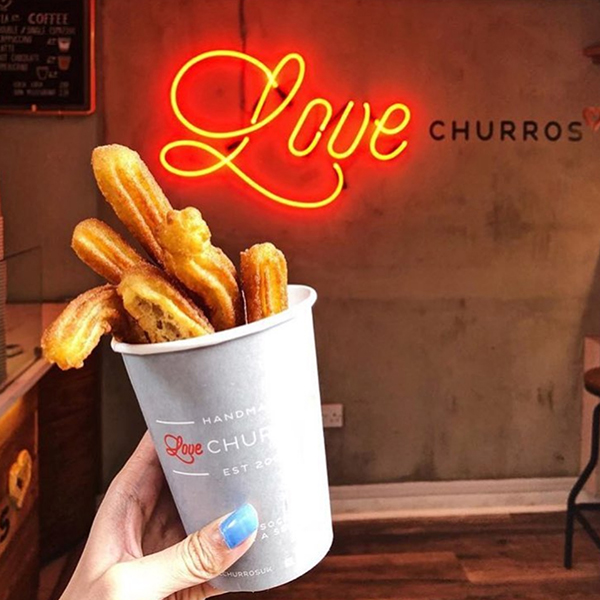
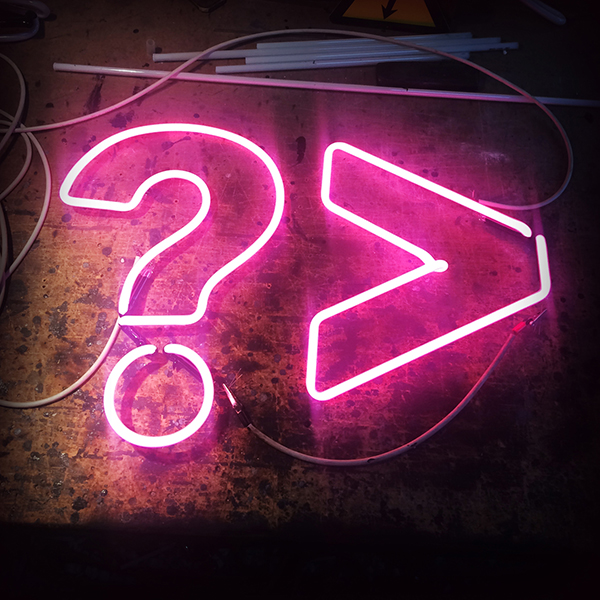
The simple 6 step process
It’s easier than you think

1. Your bright idea
Let us know your initial thoughts
2. A few questions
We’ll need some more details before we begin
3. The proposal
We’ll share our initial designs with you
4. Give it the thumbs up
Delighted with our design? Great – it’s time to pay
5. Let’s get to work!
We’ll start producing your design
6. Delivering the goods
Your design delivered to your door
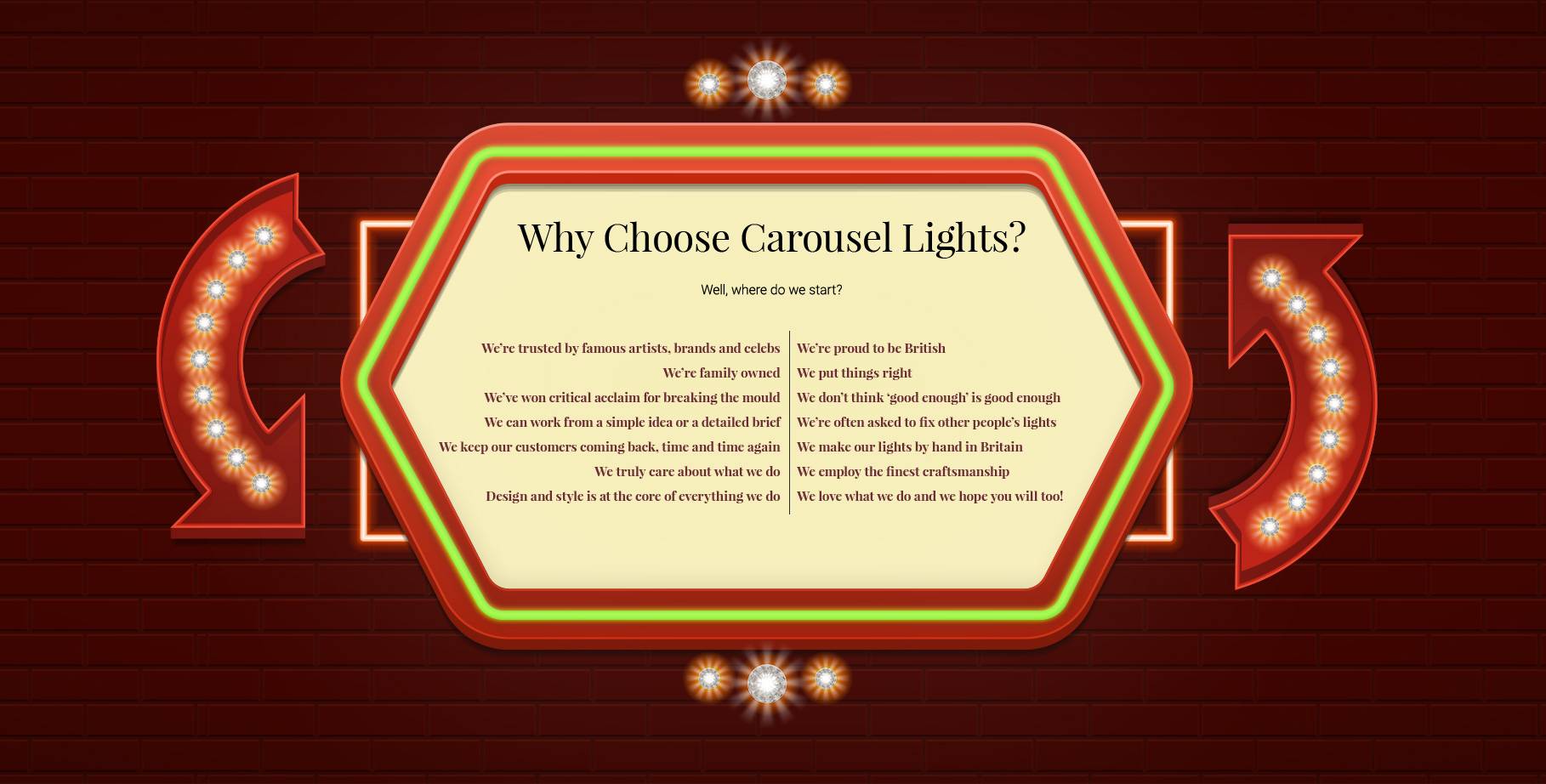
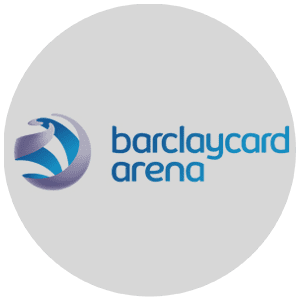
"A HUGE thank-you! You'ce created such a 'wow-factor' light installation that's far better than we could ever have imagined. Everyone has been so professional and helpful every step of the way!"

Thank you so much for the light - it looked AMAZING! We've decided to keep it up and it'll no doubt stay there!
